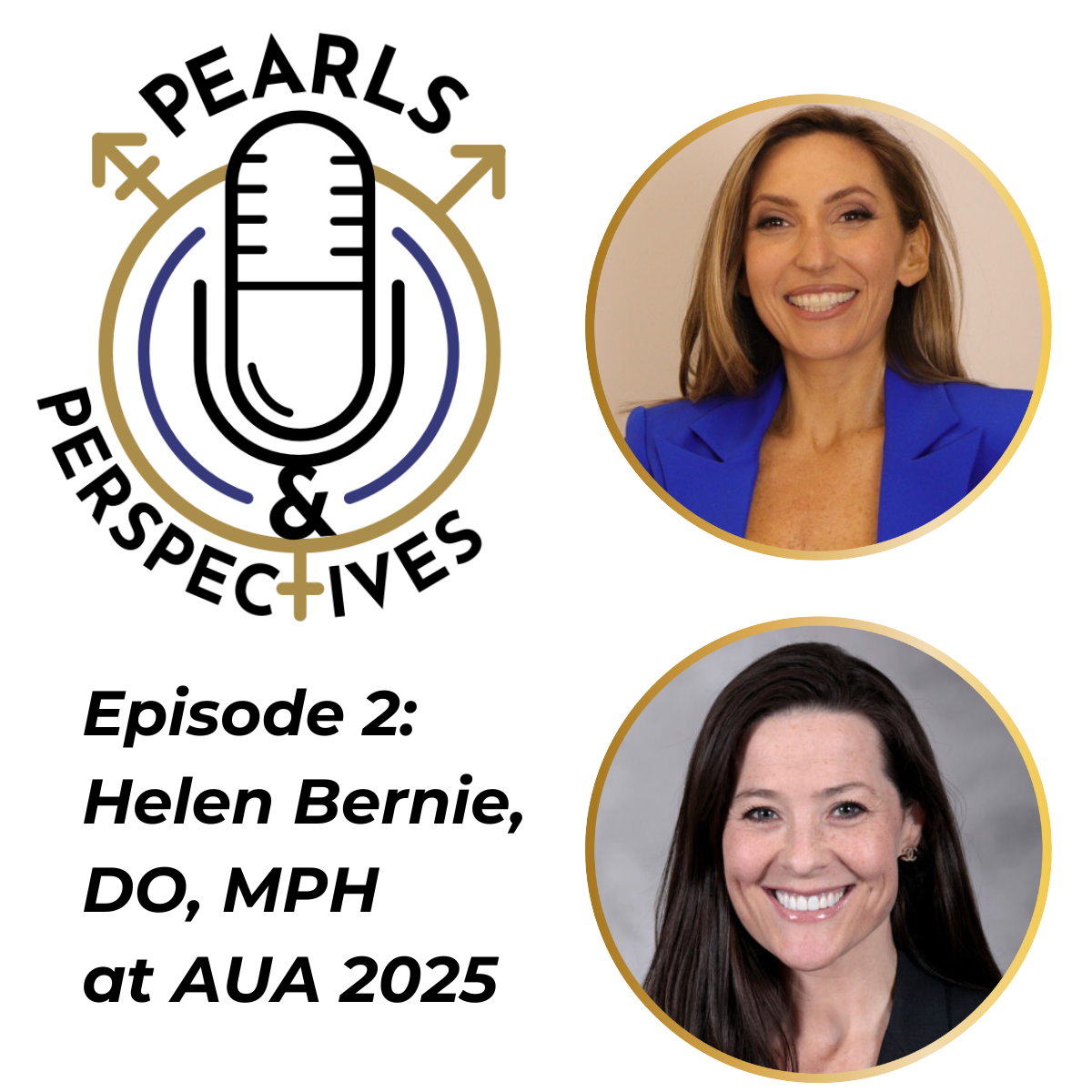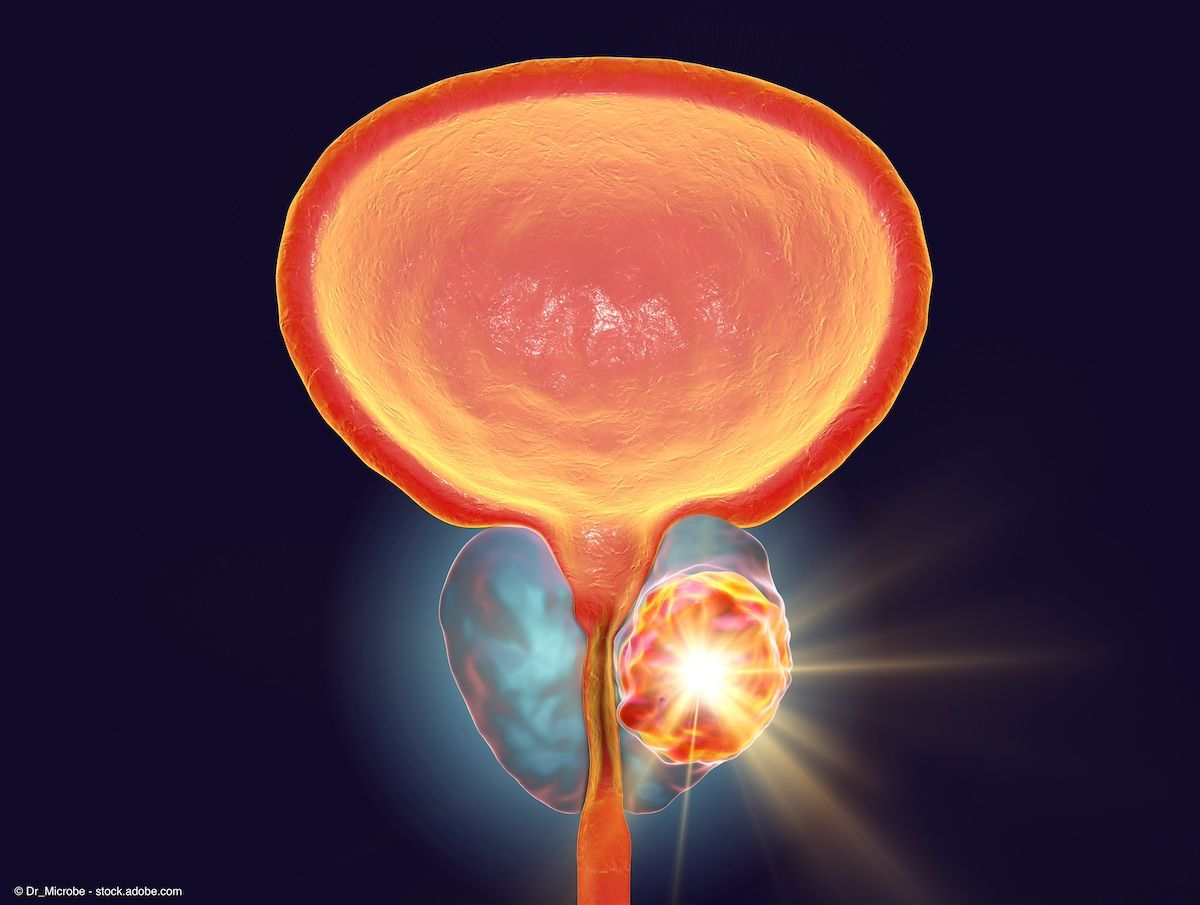Commentary
Article
First physicians to implant BioProtect Balloon in US describe benefits of the spacer
Author(s):
Dr. Shawn Zimberg and Dr. Dean Laganosky discuss the BioProtect Balloon Transplant System, a rectal spacer for use in prostate cancer radiation.
In this interview, Shawn Zimberg, MD, and Dean Laganosky, MD, discuss the BioProtect Balloon Transplant System, a rectal spacer that received FDA clearance in August 2023 for use during prostate cancer radiation.1 Zimberg–a radiation oncologist and medical director at Advanced Radiation Centers (ARC) of New York, a division of Integrated Medical Professionals (IMP)–performed the first procedures in the US in October 2023. Laganosky–a urologist with MidLantic Urology (MLU)–performed his first procedures in November 2023, becoming the first to do so in Pennsylvania. Both IMP and MLU are affiliates of Solaris Health.
Could you explain how the BioProtect Balloon Implant System fits into the prostate cancer radiation paradigm?
Dean Laganosky, MD

Laganosky: The BioProtect rectal spacing device is a new next-generation rectal spacing option for patients undergoing prostate cancer radiation therapy. It's geared at helping to provide and improve quality of life and protection when you get radiation therapy, to keep that radiation focus to just the prostate gland and not spread unintentionally to the other structures such as the rectum. This device is a balloon that is applied underneath the prostate gland to lift up the prostate and shield the rectum posteriorly. It [uses] far less material than current gel options that are on the market and can provide an enhanced amount of space to provide that additional protection as well.
Shawn Zimberg, MD

Zimberg: Historically, certainly in the last number of years, there's been only 1, and then more recently, a second gel, that is used to produce that space. Those gels do provide a space, but they do tend to be asymmetric, and they can only provide a certain amount of space because they don't have the tensile strength to separate those 2 in the same way as this balloon. The BioProtect balloon solves those problems. Because it's a balloon, it's perfectly symmetrical always, and the amount of space that can be created is much more than with the gel. In some cases, it’s double the amount of space, so that allows us to get a much better decrease in rectal radiation exposure.
You both were among the first to perform procedures with the BioProtect Balloon in the US. Could you highlight your clinical experience with the spacer so far?
Laganosky: From a clinical standpoint, our group and myself were the first urologists in the country to place the BioProtect Balloon in early November. It's been nothing but a positive experience and a relatively straightforward outpatient procedural option, similar to the gels that we've placed for many of these patients for years now. This takes about 10 to 15 minutes; it's a small incision on the surface of the skin underneath the scrotum, typically done under local anesthesia. Patients are driving themselves there and typically driving themselves home, and are very comfortable returning to activity right after the procedure.
Zimberg: I have been using spacers for quite some time. I was one of the principal investigators of the SpaceOAR trial, which is the original gel product. I was also one of the principal investigators of the BioProtect Balloon [trial]. I was lucky enough to be the first in the country to place this balloon in 1 of our prostate cancer patients. Over the past 3 or 4 weeks, we've done almost 50 cases, more than I think anyone in the country, both for external beam radiation protection of the rectum, as well as for brachytherapy seed implants. Patients have done tremendously well.
Before a patient gets radiation, they go through a planning process that we call a simulation. It's almost like an architect making a blueprint, because everyone's body is a little bit different. When we have that symmetrical balloon vs an asymmetrical gel, for example, the symmetry and being able to plan the radiation so that it appropriately gets to the prostate and avoids the rectum and other tissues is much better. The physicians, dosimetrists, physicists, and radiation therapists who are giving the patient treatment every day all find this to be a much better product.
Could you expand on how urologists decreased radiation exposure prior to BioProtect?
Laganosky: [Before] this, SpaceOAR was the premier initial gel option for rectal spacing. It was a new and novel therapy that provided protection that no other product gave to [patients undergoing] radiation. When you look at the side-by-side clinical data for individuals who get a rectal spacing option vs those that don't, the ones that do have much better quality of life, reduced rectal and GI toxicity, and also less urinary symptoms and sexual adverse effects from the radiation therapy. SpaceOAR came around in 2018 and has a CT compatible gel version as well, that we use for many of our patients. It is our standard of care to provide a gel with every patient. Other options exist on the market, such as Barrigel, but these are hydrogels that are placed into a space behind the rectum. Where BioProtect comes in is it's an enhanced, newer form of this that [it], is less material; it is dissolved reliably at about 3 to 6 months. It's broken down into water and urinated out by the body, similar to the gels. Where this comes into play though is it can provide an additional amount of space and an enhanced amount of protection or shielding in the appropriately selected patient. Although we still do still offer gels and do a tailored evaluation of each patient for rectal spacing for our radiation therapy program, those who can get BioProtect Balloon would likely benefit from the enhanced amount of space and protection.
Could you go more in-depth with the data on this spacer?
Laganosky: This has been studied in multiple institutional trials. Dr. Zimberg has also been a part of many of these trials as well and he was the first provider in the country to place the rectal spacing balloon. What we find is the average amount of space is about 1.7 cm of space, whereas most gel options can give you 1.3 cm of space, but maybe in a less reliable fashion. This is a reproducible, easily applied device that can give you consistent results throughout most patients who will be candidates for this.
Zimberg: The BioProtect Balloon trial (NCT03400150) was a randomized FDA pivotal trial that mirrored the older SpaceOAR trial (NCT01538628) conducted years ago. It was a 2:1 randomization that looked at the amount of space that could be created, looked at the safety profile of placing the balloon, and looked at some of the dosimetric constraints. In other words, how much could we spare the rectum? When we look at the metrics that we [use] when we create a radiation plan, could we reduce the dose to the rectum? In fact, the results of the trial showed that in every single one of the metrics that we look at, the balloon was far superior in reducing the amount of radiation that the rectum is exposed to, both in its own trial, and we recently published a study looking at the dosimetry compared with the gel in the SpaceOAR trial.2 That makes sense, because it is better space; you're creating more distance between the rectum and the prostate. It would make sense that you're going to get less radiation exposure.
Some of the other things that were found is that the balloon keeps its shape. At 3 months, when you look at the shape of the balloon, it hasn't lost any space, less than 4%. When you compare that same 3-month volume decrease, or space decrease, in the 2 gels, it's a far [better] decrease. So, the gels are resorbing, or they're changing shape, or something like that. The balloon holds its shape. Then when you go to 6 months, the balloon has fully disappeared, which is what you want. When you're done with the radiation, you don't want that foreign body in there anymore. Whereas the gels have some significant amount still visible, even at 9 months or 12 months [in] some [cases].
To wrap up, could you speak to the importance of this technology in improving patient care?
Laganosky: The goal of everything that we do is to try to improve patient outcomes, and in particular patient quality of life and their cancer control. As we move toward new treatments for cancer patients in terms of therapies for the cancer process, we should also be very focused on how we can also protect from some of the adverse effects and mitigate some of the risks of those therapies. This is a premium example of ways that we can potentially advance some of the protective measures that we take for our patients, keeping them safe throughout the therapies that are necessary for their cancer. As we're all focused on trying to improve patient care outcomes, this type of therapy provides enhanced quality of life and really positive and easy experiences on the patient's body when they're going through these experiences.
Zimberg: This is a game changer. The amount of space that we can create to move the rectum away from the radiation field is so significant, and the symmetry is what we're looking for. Because the balloon has a very thin wall and most of that space is saline, there's much less foreign body material in the patient than with the gels, which have almost 10 times the amount of material. Patients that have prostate cancer are going to get a far better treatment with radiation, a safer treatment, and a more symmetric treatment. For the rectal spacers, it's all about the dosimetry. We're putting this in for the radiation benefit. So, when we can move the dose away from the rectum, that is going to allow us to get a better outcome for the patients. We've seen that not only do spacers improve rectal complications, but they may also provide a benefit in urinary and sexual function. We're hopeful that when the data come out more long-term, since this is a newer product, we'll also see improvements along the lines for those functions too for men.
Is there anything else you’d like to add?
Zimberg: So far, the experience has been quite good. The patients are very happy with the procedure. It's fairly identical to what the prior gels were. Being able to improve outcomes in terms of decreasing exposure to radiation is what we do in radiation oncology, working with the urologist closely who diagnosed the prostate cancer and very often puts these in. I think the data are clear how much better this product is in terms of being able to spare the rectum from doses of radiation.
Laganosky: From my standpoint, I think when we're evaluating a lot of these new technologies, it takes selecting the right patient. It's always important to meet with your health care provider, and come up with what we think is the best option for you, side-by-side with what your goals are. This is a great option alongside of some of our more historic gel options, which are still great options for rectal protection. In some patients, those may be also very appropriate first-line forms of therapy. Engage with your health care provider as a patient and try to select on a case-by-case basis what you think is best.
References
1. BioProtect received FDA’s clearance for its biodegradable balloon for rectal protection during prostate cancer radiation therapy. News release. BioProtect. August 28, 2023. Accessed November 30, 2023. https://www.prnewswire.com/news-releases/bioprotect-receives-fdas-clearance-for-its-biodegradable-balloon-for-rectal-protection-during-prostate-cancer-radiation-therapy-301911041.html
2. Kos M, Nurani R, Costa P, Dabkowski M, Ferreira da Silva JV, Zimberg S, Keane J. Multicenter, dual fractionation scheme, single core lab comparison of rectal volume dose reduction following injection of two biodegradable perirectal spacers. J Appl Clin Med Phys. 2023;24(10):e14086. doi:10.1002/acm2.14086
Newsletter
Stay current with the latest urology news and practice-changing insights — sign up now for the essential updates every urologist needs.








